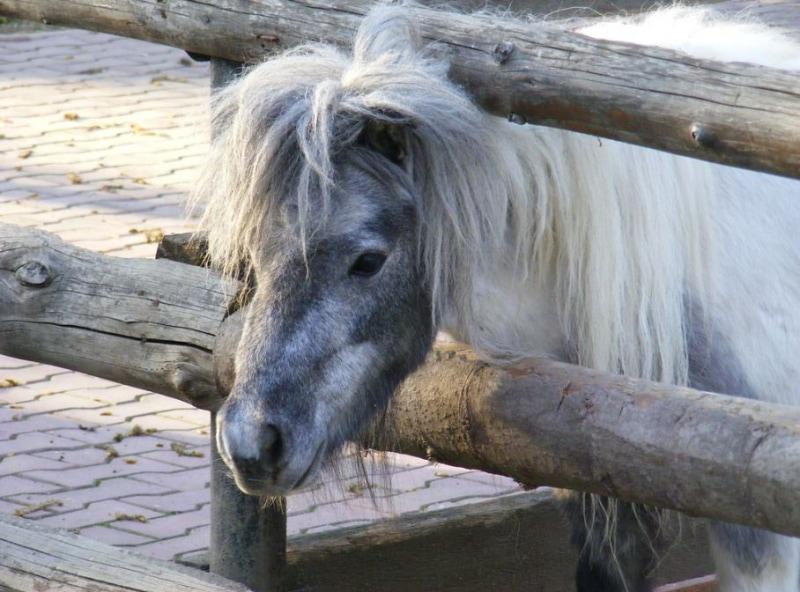Bucharest Zoo
Removed from Unnamed collection





+ 2
Source: Angie Bell (Skip the Line Travel) Images may be subject to copyright. Learn More
Bucharest Zoo Garden is a delightful spot to while away an afternoon when you're exploring Romania's capital. Nestled just outside the city, it's conveniently located near the lush Baneasa Forest and the chic Baneasa Shopping Center. If you're in the mood for a breath of fresh air followed by a bit of retail therapy, this area has you covered.
Spanning approximately 6 hectares, the zoo was established back in 1955, making it a longstanding fixture of Bucharest's attractions. Admission for children is a modest 6.5 RON, and youngsters always seem to find the Zoo Garden utterly fascinating. It’s a place where curiosity thrives, and every corner holds a new surprise.
The zoo is open daily from 9 AM to 5 PM, but remember: feeding the animals is a no-go. Before 1955, Bucharest didn't have a dedicated zoo, although there were charming spots in Cismigiu Garden, Carol Park, and Herastrau Park where people could admire stunning birds and mammals. Fun fact: during your visit, from noon to 2 PM, it’s best to keep your voice down. That's when the lions enjoy their siesta, taking a break from their king-of-the-jungle duties. Aside from the captivating wildlife, the zoo also offers a chance to learn about conservation efforts and the importance of protecting endangered species. The zoo staff are passionate about educating visitors, making it an enriching experience for both kids and adults. So, pack your camera, bring your sense of wonder, and enjoy a day of discovery!
 Angie Bell (Skip the Line Travel)
Angie Bell (Skip the Line Travel)  Romania
Romania